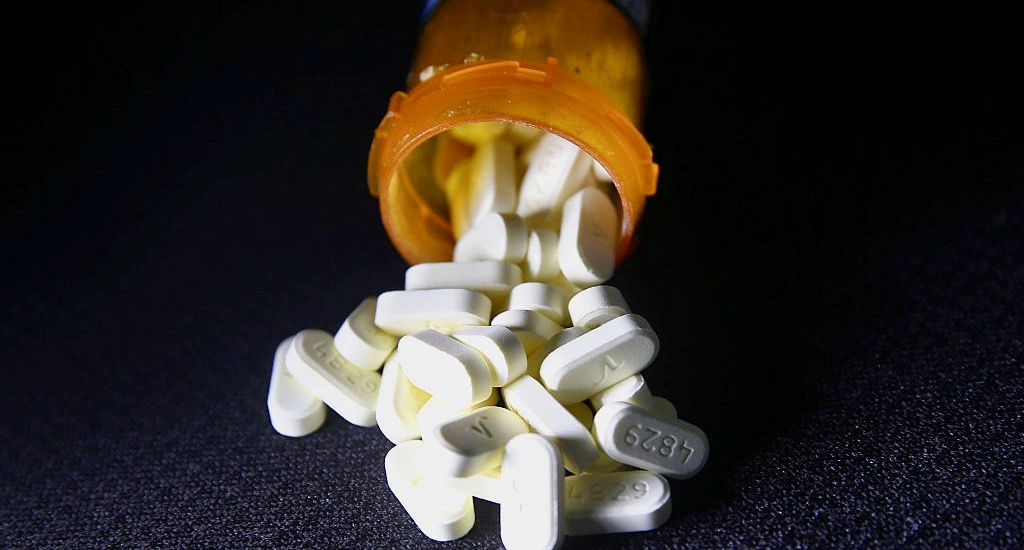Fatal drug overdoses in the US declined by 5.1 percent in 2018, according to preliminary official data released Wednesday, the first drop in two decades.
The trend was driven by a steep decline in deaths linked to prescription painkillers.
"The latest provisional data on overdose deaths show that America's united efforts to curb opioid use disorder and addiction are working," Health and Human Services Secretary Alex Azar said, though he cautioned the epidemic would not be cured overnight.
The total number of estimated deaths dropped to 68,557 in 2018 against 72,224 the year before, according to the figures released by the Centers for Disease Control and Prevention (CDC).
But that number is still far higher than the 16,849 overdose deaths in 1999, a figure that rose every year until 2017, with a particularly sharp increase seen from 2014 to 2017.
Deaths attributed to natural and semi-synthetic opioids, such as morphine, codeine, oxycodone, hydrocodone, hydromorphone, and oxymorphone, which are prescribed as painkillers, saw a drop from 14,926 to 12,757, or 14.5 percent.
That was the steepest drop for any category of drug, though deaths linked to synthetic opioids excluding methadone (drugs like tramadol and fentanyl), continued to rise sharply, while cocaine deaths also increased slightly.
The US opioid epidemic is rooted in decades of over-prescription of addictive painkillers.
The crisis is responsible for about 400,000 deaths involving prescription or illicit opioids, including high-profile victims such as pop icon Prince and rocker Tom Petty.
But there are some signs the tide is beginning to turn as federal and state authorities take on drug giants in court for allegedly bribing doctors to prescribe their medicines or for deceptive marketing that downplayed the risks of addiction.
Leave a Comment
Related Post
